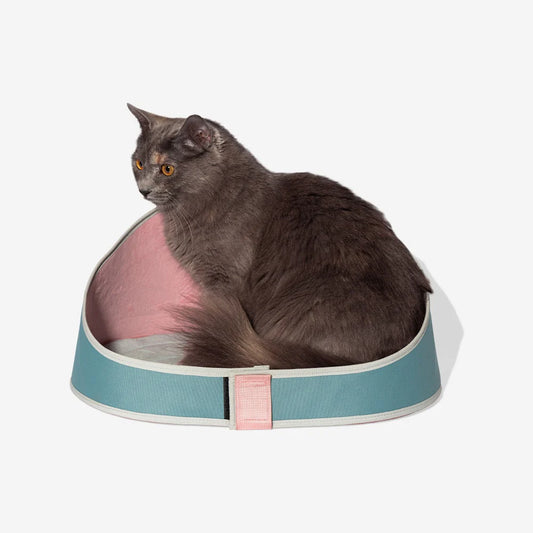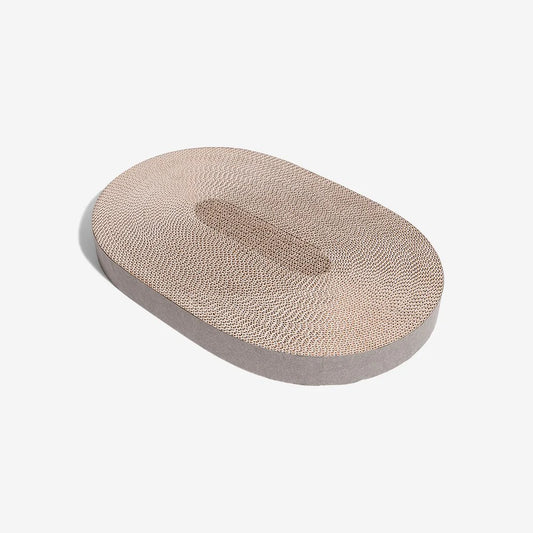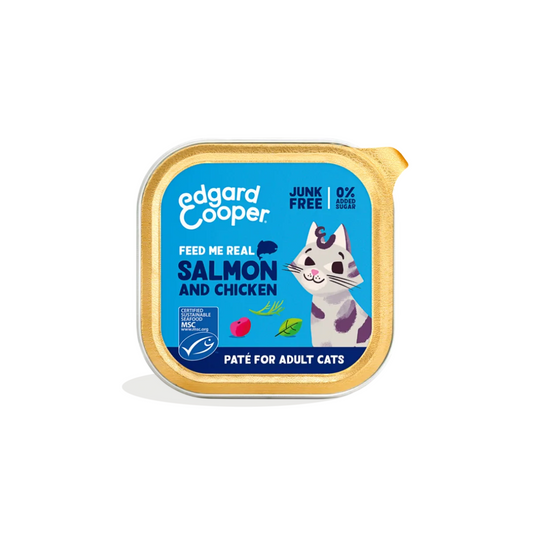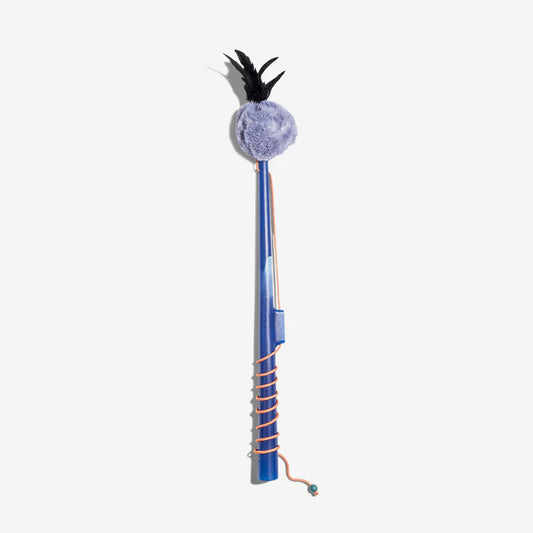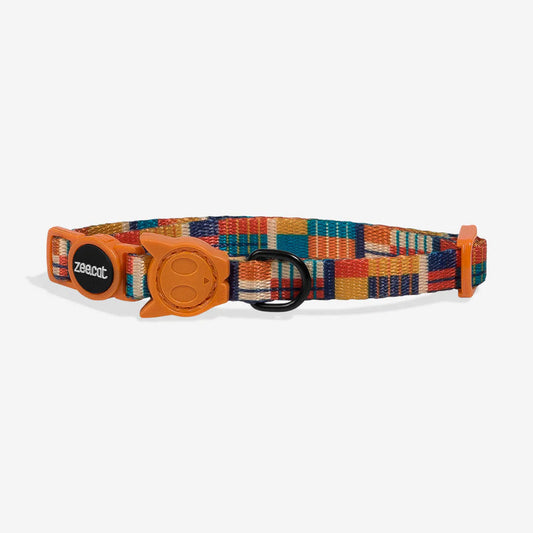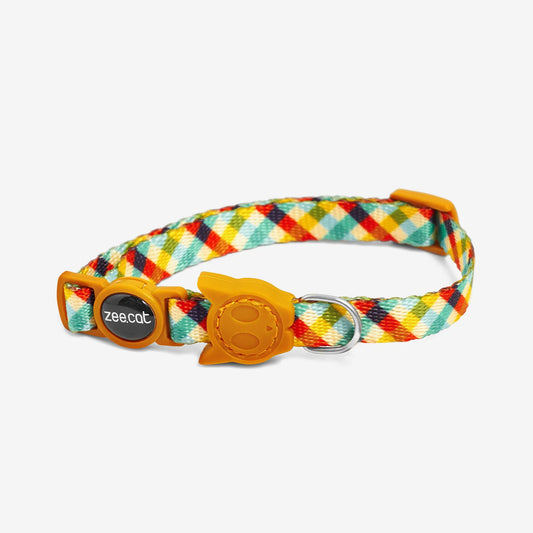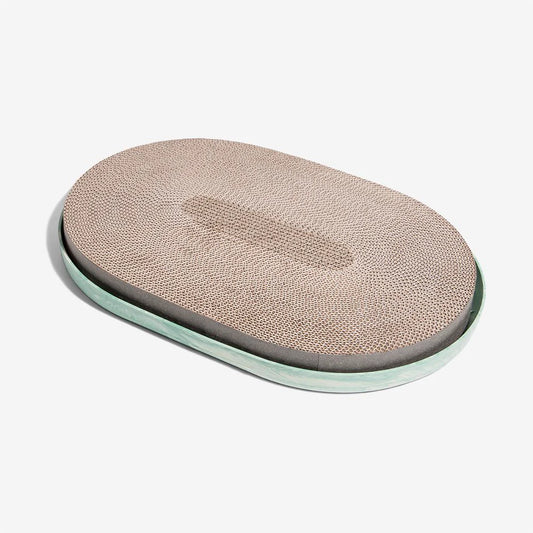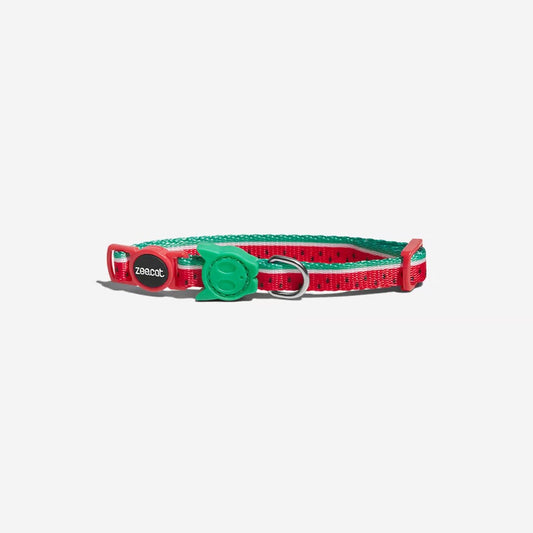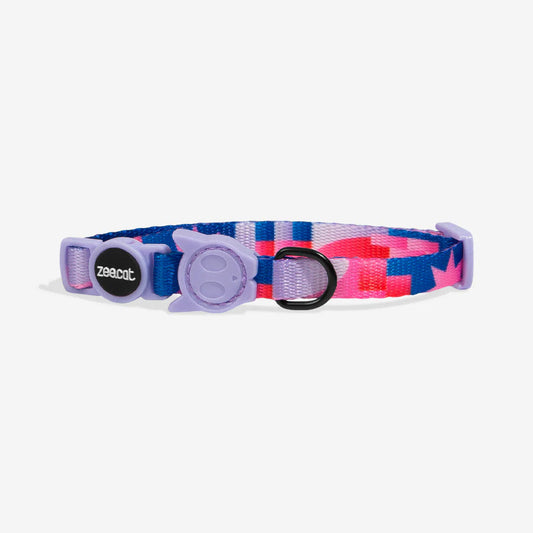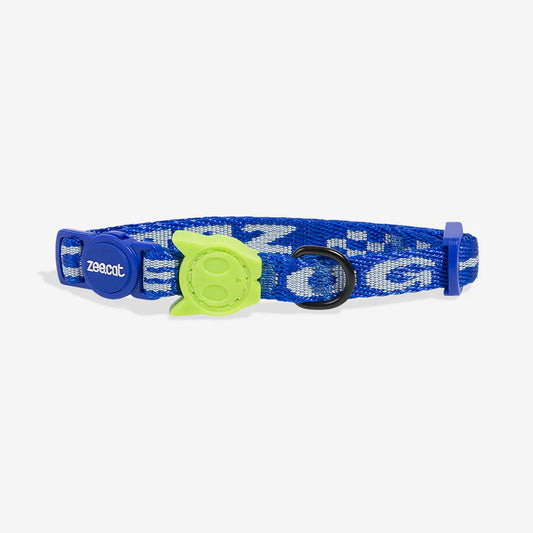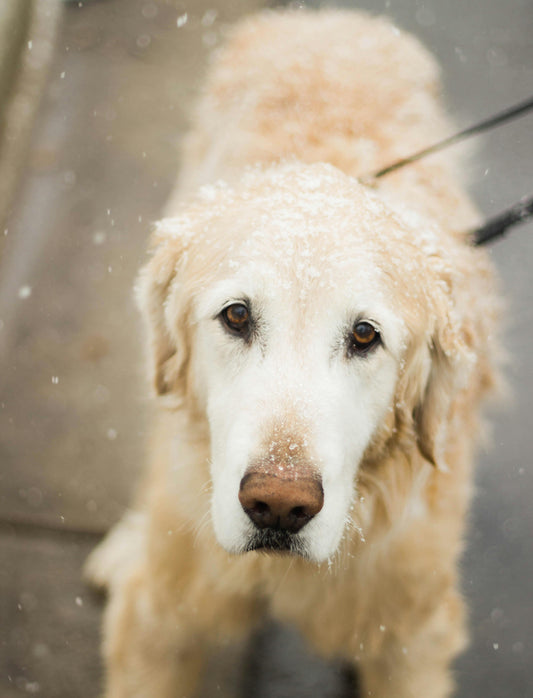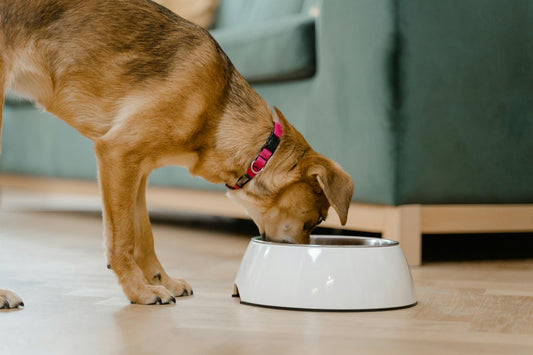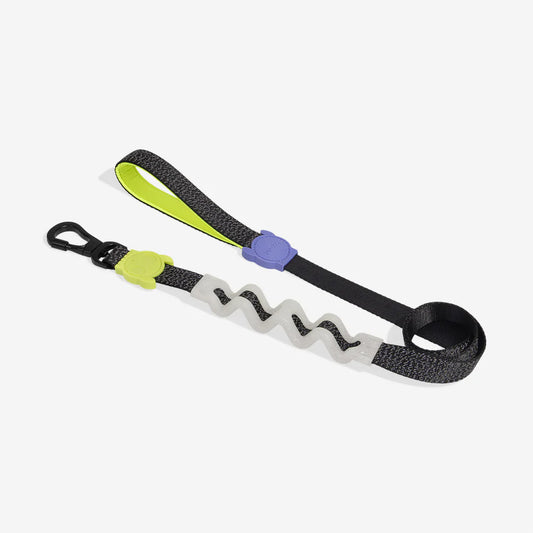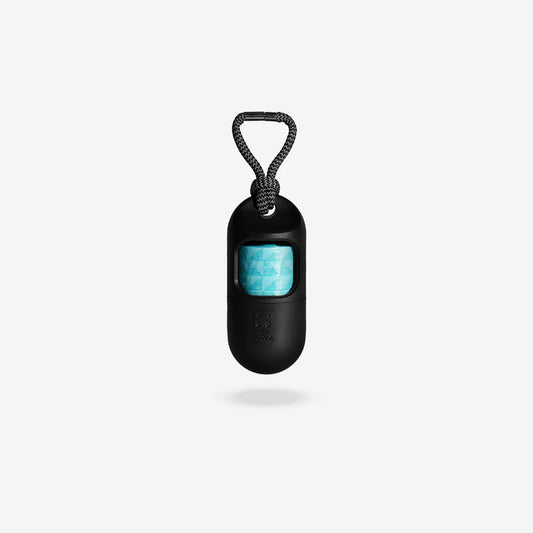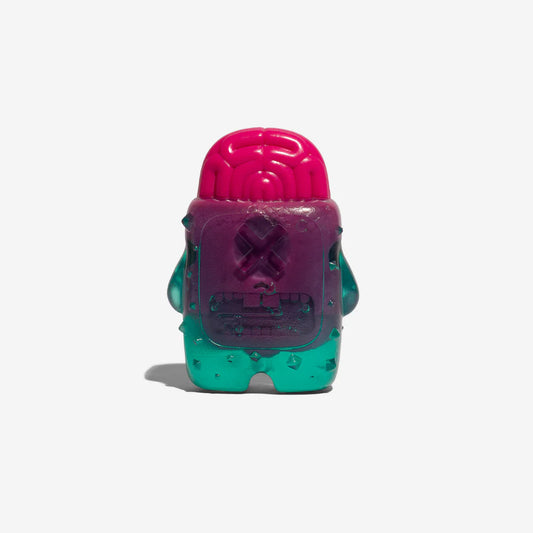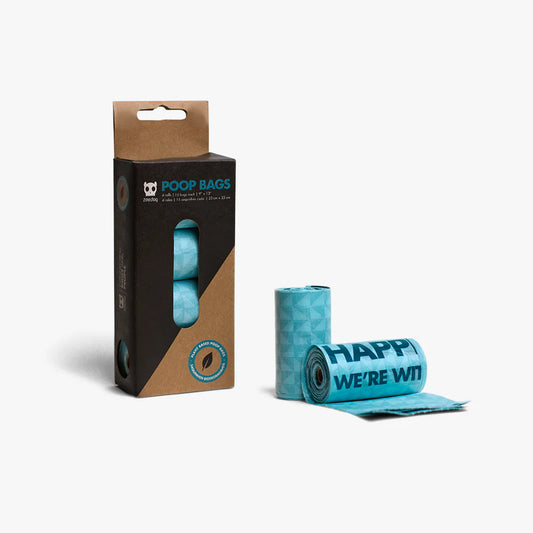Traveling by plane with a cat requires careful preparation and an understanding of airline policies. Cats, like humans, experience stress during travel, so ensuring their comfort is paramount. To fly with a cat, owners must take into account the pet's health, behavioral patterns, and safety. Airlines typically have specific regulations for traveling with pets that need to be followed meticulously. It's essential to research these guidelines well in advance and prepare any required documentation, such as health certificates and vaccination records.
Carriers are an integral part of flying with a cat. They must be airline-approved and provide sufficient space for the cat to stand, turn around, and lie down comfortably. For in-cabin travel, carriers should fit under the seat in front of the owner, while cargo travel necessitates a sturdy, well-ventilated crate. Familiarizing the cat with the carrier before the flight can reduce anxiety and create a more pleasant journey for both the pet and the owner.
Additionally, it's important to consider the cat's well-being during the entire journey. This includes planning for airport security checks, where the cat may need to be removed from its carrier. Owners should also account for feeding schedules, hydration, and the use of a litter box. To minimize potential disturbances, it's advisable to choose direct flights and travel on less busy days. Planning every step of the trip with the cat's needs in mind can lead to a smoother and more enjoyable flying experience for all involved.
Pre-Flight Preparations
Preparing for a trip with your cat involves understanding legal requirements, selecting an appropriate carrier, managing your cat's anxiety, and navigating airline bookings and fees.
Legal and Health Requirements
Before flying, check the airline's pet policy for required documentation. Cats typically need a health certificate and up-to-date vaccinations. Ensure your cat is microchipped and that there's no risk of transmitting an infectious disease.
- Health Certificate: Obtain within 10 days of flight day.
- Vaccinations: Confirm with your vet that all shots are current.
Choosing the Right Carrier
The cat carrier must comply with the airline's size restrictions, typically a soft-sided travel carrier for cabin travel. Prioritize a carrier that's:
- Airline-Approved: Check carrier dimensions against airline specifications.
- Comfortable: Large enough for the cat to stand and turn around.
Minimizing Travel Anxiety
Reduce stress and anxiety through crate training before travel day. Consider using feline pheromone spray and discuss prescription sedatives, such as gabapentin, with a vet if needed.
- Crate Training: Start weeks in advance for the cat to associate the carrier with safety.
- Pheromones: Spray the carrier with pheromones 30 minutes before travel.
Booking and Fees
Make a reservation early and understand airline pet policies. Be prepared for additional pet fees as the cost to fly with a cat can vary based on the airline.
- Reservation: Secure a spot for your cat, as space for pets is limited.
- Costs: Verify all costs associated with pet travel on your chosen airline.
Day of the Flight
On the day of flying with a cat, it is essential to understand airport security procedures, the differences between cabin and cargo travel, and ensuring your cat's health and comfort during the journey.
Airport Security
Passengers traveling with cats need to navigate security screening. The cat must be taken out of its carrier and held or placed on a harness while the carrier goes through the X-ray machine. Security personnel may inspect the carrier and might require the cat to walk through a metal detector. Have a collapsible bowl and cat food in containers less than 3.4 ounces to comply with TSA regulations.
Cabin vs. Cargo
Traveling with a cat in the cabin is often less stressful for the animal than traveling in the cargo hold. Confirm with the airline that cabin travel is allowed and understand any requirements for international travel, such as a microchip or specific vaccinations. If the cat is not eligible for cabin travel, ensure the cargo hold is climate-controlled and that the airline has a positive track record for pet safety.
-
Cabin Requirements:
- Carrier size must fit under the seat
- Must follow airline’s pet policy
-
Cargo Considerations:
- Temperature regulations
- Less accessibility during flight
Health and Comfort During Flight
To prevent nausea or motion sickness, avoid feeding the cat right before flying. Instead, provide a light meal 3 to 4 hours prior to departure. Ensure the cat is comfortable with a familiar blanket or toy in its carrier. Keep a pet sitter's contact on hand in case of any changes in travel plans. For hydration, a collapsible bowl can be used to give water during the flight, which helps to maintain comfort and reduce stress.


